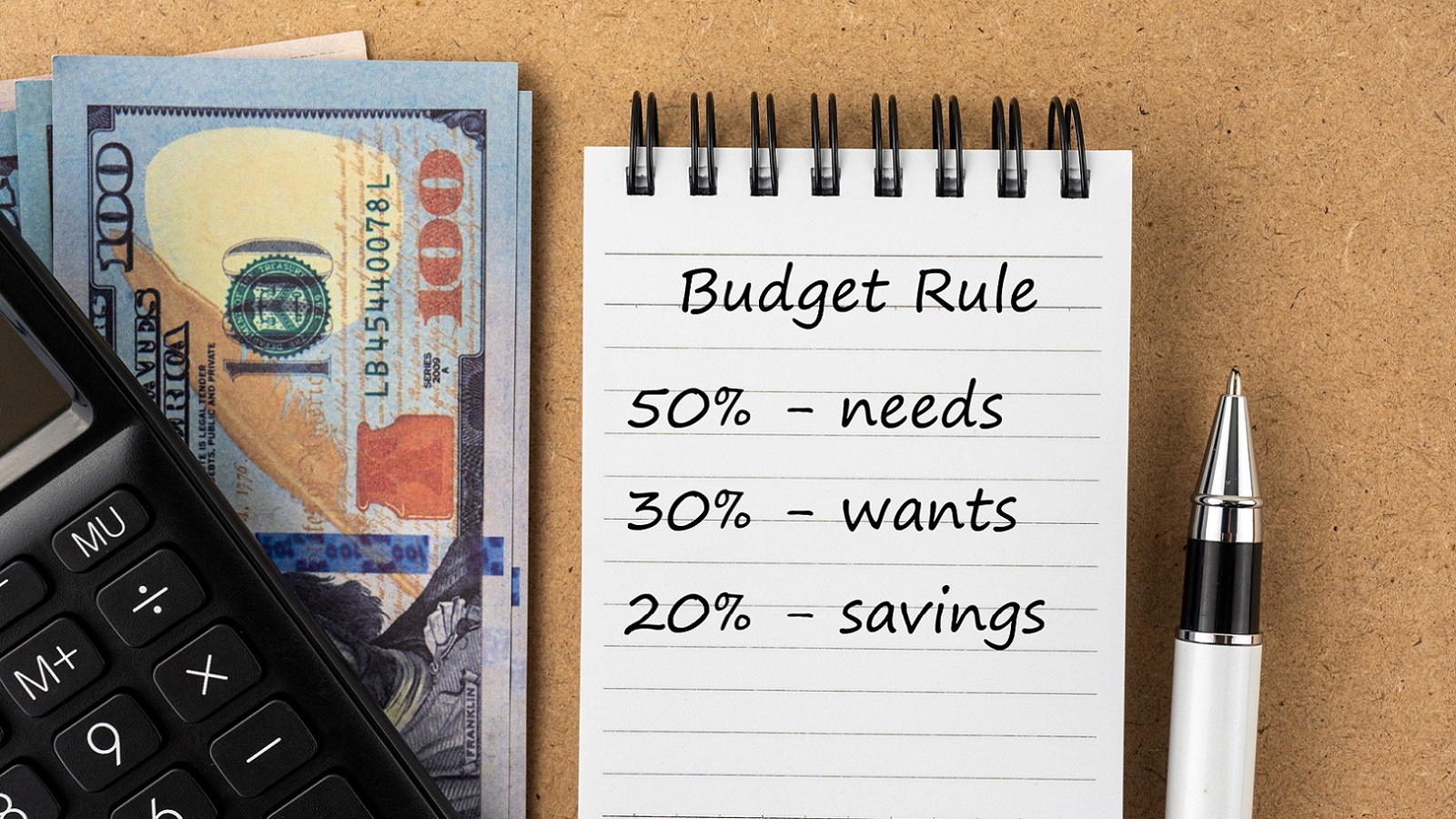7 Personal Finance Basics for New Grads
Share these tips with your children to help them get off to a good start on their own.

My daughter is about to graduate from college. What are the key personal finance issues she needs to consider during her first year on her own?
Congratulations to your daughter! If she tackles these personal finance basics, she’ll be off to a great start:
1. Make the most of new health insurance rules. If your daughter is lucky enough to get a job with health insurance, that’s usually her best bet. But if she doesn’t have a job with benefits, you no longer need to worry about finding new coverage after graduation -- adult children can now stay on their parents’ policies until age 26. If you already have family coverage to cover younger children, then you may not have to pay extra to keep your daughter on your policy. But if you’d have to pay extra to keep her on your policy (or if your daughter lives far away from your policy’s in-network providers), it might be worthwhile to compare the cost of buying her own policy. In most states, a healthy person in her early twenties can buy her own health insurance for less than $100 per month. She can reduce the premiums by raising the deductible, yet still have free preventive coverage. See How to Keep Recent Grads Insured for details. Also see Health Insurance for Adult Children about the rules for keeping her on your policy if she gets offered a job with inferior coverage.
From just $107.88 $24.99 for Kiplinger Personal Finance
Become a smarter, better informed investor. Subscribe from just $107.88 $24.99, plus get up to 4 Special Issues

Sign up for Kiplinger’s Free Newsletters
Profit and prosper with the best of expert advice on investing, taxes, retirement, personal finance and more - straight to your e-mail.
Profit and prosper with the best of expert advice - straight to your e-mail.
2. Get free money from the boss. If your daughter’s employer offers pretax savings through a 401(k), 403(b), Thrift Savings Plan or another employer-provided retirement account, she should sign up right away. Her contributions will lower her taxable income and grow tax-deferred until retirement. Because retirement plan contributions are made with pretax dollars, they reduce her take-home pay less than the full amount of the contribution. For example, if she’s in the 25% tax bracket and contributes $1,000 to a 401(k), her paycheck shrinks by only $750. And if her employer matches her contributions, it’s one of the rare opportunities to get free money! Say, for example, she earns $50,000 per year and her employer contributes 50 cents for every dollar she contributes up to 6% of pay. If she contributes $3,000 to her 401(k) for the year ,then she’ll get a $1,500 match from her employer. See Retirement Savings Tips for New Grads to learn how to make the most of your 401(k) and how the savings can grow significantly through the years.
3. Build tax-free retirement savings. Even if your daughter contributes to a 401(k) at work, she can also contribute up to $5,000 for the year to a Roth IRA, which can give her tax-free money in retirement. To qualify for a Roth, her modified adjusted gross income in 2011 must be $122,000 or less if single (or $179,000 or less if married filing jointly). And a Roth can be a particularly good deal for young people who are in a much lower tax bracket than they will be in the future. With a Roth IRA you don’t get a current income-tax deduction for your contributions, but you can withdraw the money tax-free after age 59½ (and you can withdraw your contributions anytime without taxes or penalties). See The Basics of Roth IRAs for details. Having trouble finding enough money on a starting salary to earmark for savings? See Stacy Rapacon’s Starting Out column about 7 Sneaky Savings Strategies for Generation Y. And your daughter can also get an extra tax break for contributing to a retirement savings plan if her income is less than $28,750 in 2011 (or $56,500 if married filing jointly). See Get the Most Out of Your Retirement Accounts for more information about the retirement savers’ tax credit and Roth and 401(k) income limits.
4. Buy renters’ insurance.The value of your daughter’s stuff can add up quickly, even if she just has a decent TV, computer system and other electronics, and basic furniture and wardrobe. Renters insurance can reimburse her if her possessions are destroyed and also provide valuable liability coverage if someone is injured while visiting her apartment. Policies tend to cost just $200 to $300 per year, and she could get a discount if she buys renters’ insurance through the same company that provides her auto insurance.
5. Shop around for auto insurance. Now that your daughter is on her own, she’ll need to get her own auto insurance. Rather than automatically switching to individual coverage through your insurer, she should shop around for the best deal. (An insurer that offers the best rates for family coverage may not be as competitive for young adults on their own). See 4 Reasons to Reshop Your Auto Insurance for advice about finding the best deal.
6. Benefit from tax breaks. When your daughter is earning money for the first time, she’ll also want to learn to make the most of her opportunities for tax breaks. Job-search expenses aren’t tax-deductible when looking for a first job, but new grads can write off the cost of job-related moving expenses, including for their first job and even if they don’t itemize their deductions. .And when they get that first job, they need to make sure they have the right amount of tax withheld from their paycheck so they enjoy a bigger check month after month rather than having to wait for a refund at the end of the year. .See Tax Planning for Your First Job for more information about tax breaks when starting out. Also see Tax Savings for Young People.
7. Set long-term financial goals.Now that your daughter is earning a paycheck, it’s the perfect time for her to start thinking about her longer-term financial goals beyond just paying the bills. In addition to setting aside some money for retirement savings, she may want to start saving for a down payment on a car or a house. But more importantly, she should start building up an emergency fund. See How Much Cash You Really Need for help figuring out how much to stash in an emergency fund. And once she gets into the habit of saving, she might want to learn a bit about how to invest that money. See 5 Steps to Start Investing for tips.
Profit and prosper with the best of Kiplinger's advice on investing, taxes, retirement, personal finance and much more. Delivered daily. Enter your email in the box and click Sign Me Up.

As the "Ask Kim" columnist for Kiplinger's Personal Finance, Lankford receives hundreds of personal finance questions from readers every month. She is the author of Rescue Your Financial Life (McGraw-Hill, 2003), The Insurance Maze: How You Can Save Money on Insurance -- and Still Get the Coverage You Need (Kaplan, 2006), Kiplinger's Ask Kim for Money Smart Solutions (Kaplan, 2007) and The Kiplinger/BBB Personal Finance Guide for Military Families. She is frequently featured as a financial expert on television and radio, including NBC's Today Show, CNN, CNBC and National Public Radio.
-
 What to Watch for When Refinancing Your Home Mortgage
What to Watch for When Refinancing Your Home MortgageA smart refinance can save you thousands, but only if you know how to avoid costly pitfalls, calculate true savings and choose the right loan for your goals.
-
 The 10 Best Splurge Destinations for Retirees in 2026
The 10 Best Splurge Destinations for Retirees in 2026Come for the luxury vacation. Retire for the lifestyle (if the vacay goes well). What better way to test a location for retiring abroad?
-
 Builders Are Offering Big Mortgage Incentives — What Homebuyers Should Watch For
Builders Are Offering Big Mortgage Incentives — What Homebuyers Should Watch ForBuilder credits and below-market mortgage rates can ease affordability pressures, but the savings often come with trade-offs buyers should understand before signing.
-
 I Need to Cut $1,000 From My Monthly Budget, and I've Already Given Up Starbucks and Dining Out. What Else Can I Do?
I Need to Cut $1,000 From My Monthly Budget, and I've Already Given Up Starbucks and Dining Out. What Else Can I Do?Here are some creative ways to save up to $1,000 a month, even if you feel like you've already made all of the obvious cuts.
-
 I'm a Government Employee and Need to Get By Until the Shutdown Ends. What Can I Do?
I'm a Government Employee and Need to Get By Until the Shutdown Ends. What Can I Do?The second-longest shutdown in history is leaving many federal workers with bills due and no paycheck to cover them. Here's what you can do to get by.
-
 What Does Medicare Not Cover? Eight Things You Should Know
What Does Medicare Not Cover? Eight Things You Should KnowMedicare Part A and Part B leave gaps in your healthcare coverage. But Medicare Advantage has problems, too.
-
 The 50-30-20 Budget Rule: A Simple Way to Save Money
The 50-30-20 Budget Rule: A Simple Way to Save MoneySaving Using the 50-30-20 budget rule is an easy way to save. It helps you prioritize saving while paying off debt.
-
 'Food Tax': Which States Still Tax Groceries in 2025?
'Food Tax': Which States Still Tax Groceries in 2025?State Tax Ten states still tax groceries, but that figure is shrinking.
-
 How Our Family Fights Inflation
How Our Family Fights InflationBudgeting Millennials typically spend more than other generations on certain expenses that have been increasing most rapidly. Here are some tips to cut your losses.
-
 Gas Prices Around the World
Gas Prices Around the WorldBudgeting Many world gas prices can make what Americans pay at the pump seem like a bargain. But not all.
-
 What You Can Do About Medical Debt
What You Can Do About Medical DebtBudgeting Millions of Americans are awash in debt from medical care. If you’re one of them, we have your options, whether the bills are new or a collector is calling.